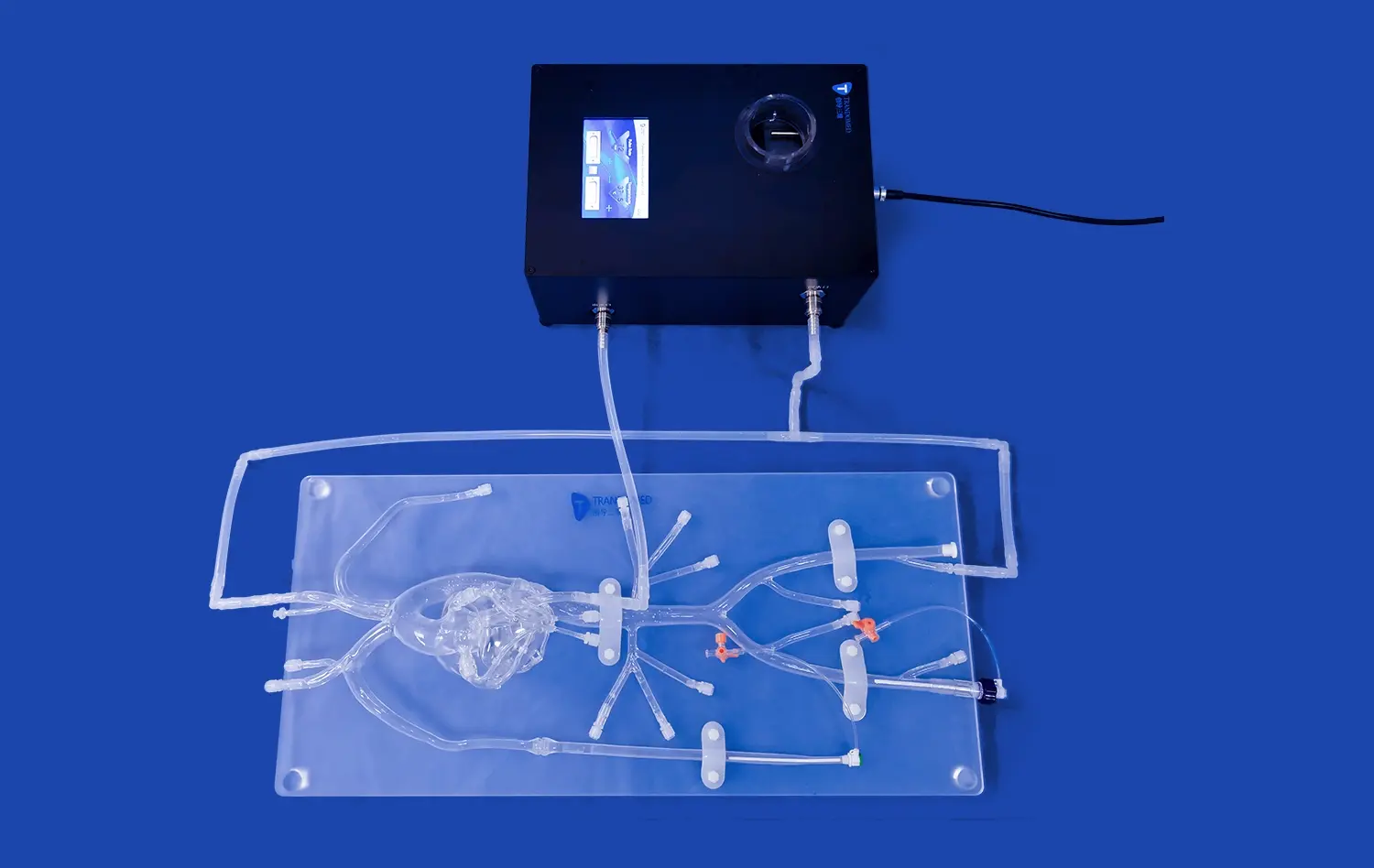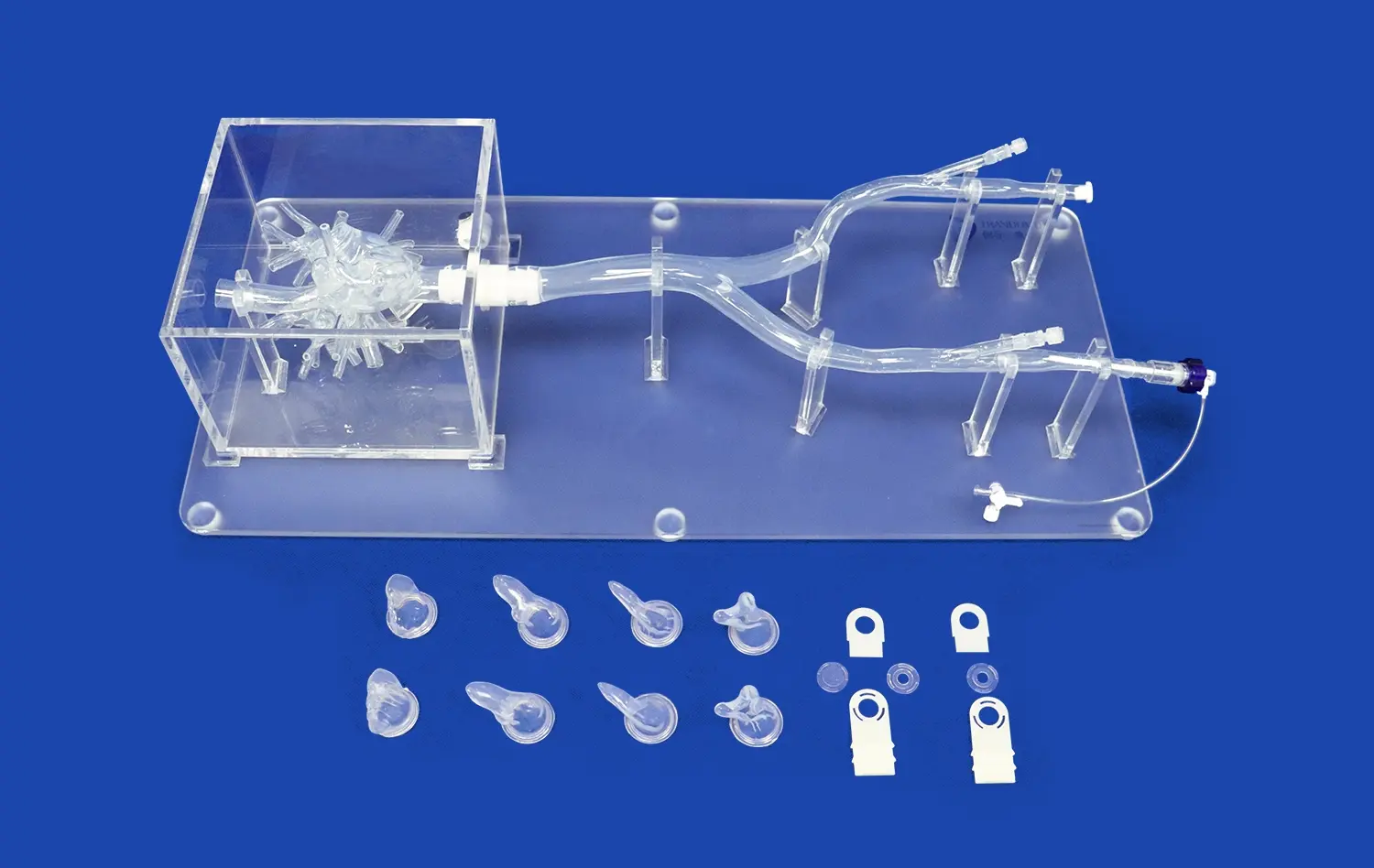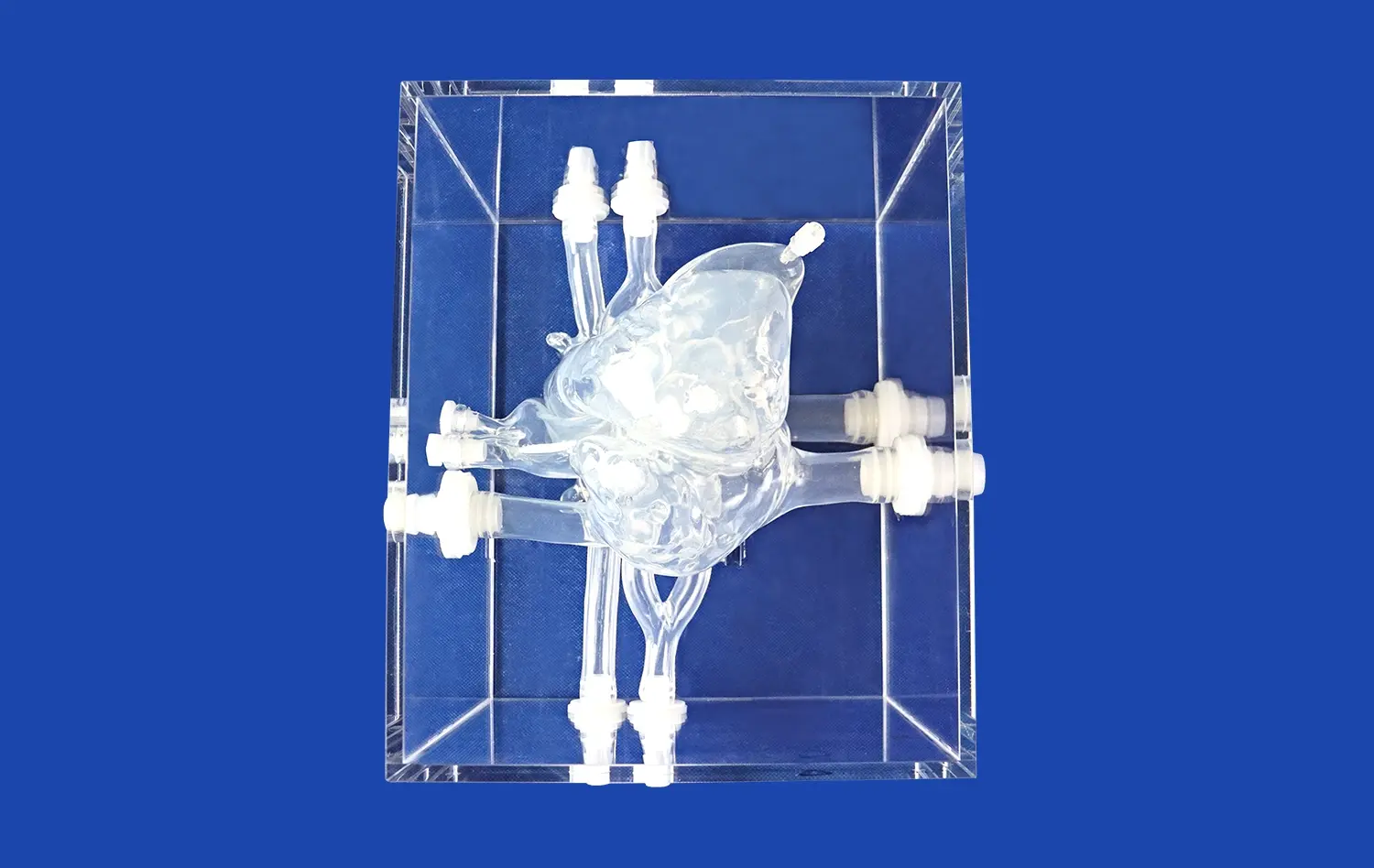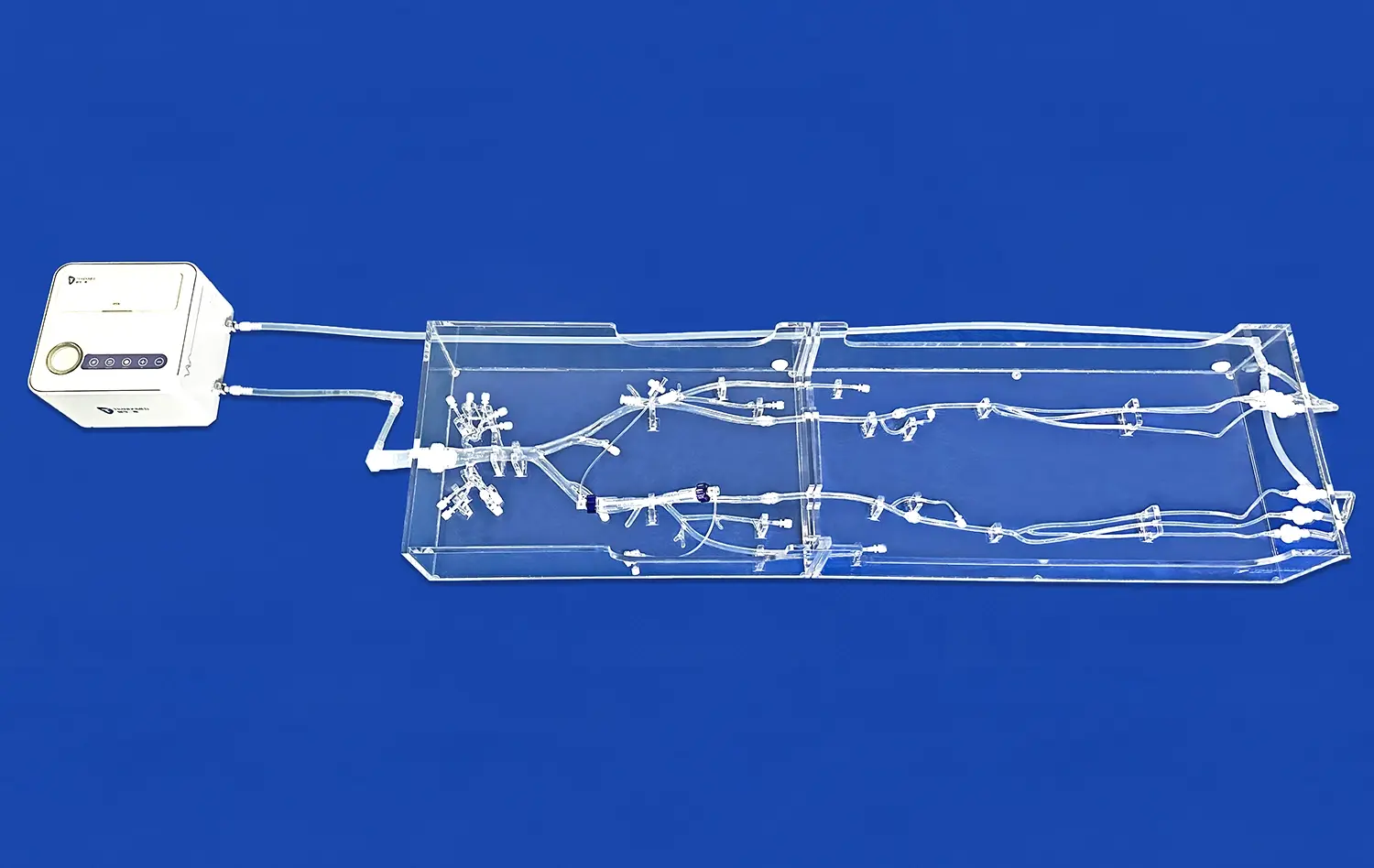The Role of the Venous Heart 3D Model in Pulmonary Vein Ablation Device Development
2025-07-10 09:00:01
The venous heart 3D model plays a crucial role in advancing pulmonary vein ablation device development. By providing an accurate and detailed representation of the heart's venous anatomy, these models enable researchers and medical device engineers to better understand the intricacies of the pulmonary veins and surrounding structures. This enhanced comprehension leads to more effective and precise ablation devices, ultimately improving the outcomes of atrial fibrillation treatments. The 3D models serve as invaluable tools for testing and refining new ablation technologies, allowing for iterative design improvements and reduced development timelines. Moreover, these models facilitate better training for interventional cardiologists, enhancing their skills and confidence in performing complex ablation procedures.
How the Venous Heart 3D Model Can Inform Pulmonary Vein Ablation Device Development?
Enhancing Anatomical Understanding
Venous heart 3D models provide an unparalleled level of detail when it comes to understanding the complex anatomy of the heart's venous system. These models offer a comprehensive view of the pulmonary veins, left atrium, and surrounding structures, allowing researchers and engineers to visualize the intricate relationships between these components. By studying these models, developers can gain insights into variations in vein size, orientation, and branching patterns, which are crucial factors in designing effective ablation devices.
The ability to examine the heart's venous anatomy from multiple angles and in various cross-sections enables a more thorough understanding of potential challenges in accessing and treating specific areas. This enhanced anatomical knowledge informs the development of catheters and ablation tools that can navigate the complex venous pathways more effectively, reducing the risk of complications and improving overall procedural success rates.
Facilitating Device Testing and Optimization
One of the most significant advantages of using venous heart 3D models in pulmonary vein ablation device development is the opportunity for extensive testing and optimization. These models serve as realistic platforms for evaluating the performance of prototype devices under various conditions. Researchers can simulate different ablation scenarios, assessing factors such as catheter maneuverability, energy delivery, and tissue contact force.
By conducting iterative testing on these models, developers can identify potential design flaws or limitations early in the development process. This allows for rapid refinement and optimization of device features, such as catheter tip design, electrode configuration, and cooling systems. The ability to perform multiple iterations quickly and cost-effectively accelerates the overall development timeline, bringing innovative ablation technologies to market faster and with greater confidence in their efficacy and safety.
The Importance of the Venous Heart 3D Model in Pulmonary Vein Ablation Device Development
Advancing Patient-Specific Approaches
The use of venous heart 3D models in pulmonary vein ablation device development is pivotal in advancing patient-specific treatment approaches. These models can be created based on individual patient imaging data, allowing for the development of tailored ablation strategies. By incorporating patient-specific anatomical variations into the design process, researchers can create devices that are better suited to address the unique challenges presented by each individual's cardiac anatomy.
This personalized approach not only enhances the effectiveness of ablation procedures but also contributes to improved safety profiles. Devices developed with patient-specific considerations in mind are more likely to achieve optimal tissue contact and energy delivery while minimizing the risk of complications such as pulmonary vein stenosis or esophageal injury. The ability to simulate and test device performance on patient-specific models before actual procedures significantly enhances the precision and success rates of pulmonary vein ablation treatments.
Enhancing Procedural Planning and Training
Venous heart 3D models play a crucial role in enhancing procedural planning and training for interventional cardiologists. These models serve as excellent educational tools, allowing physicians to familiarize themselves with various anatomical scenarios they may encounter during actual procedures. By practicing on realistic 3D models, cardiologists can refine their techniques, improve their spatial awareness, and develop strategies for navigating challenging anatomies.
Furthermore, these models enable the development of advanced simulation systems for procedural training. Integrating venous heart 3D models with haptic feedback technologies and virtual reality platforms creates immersive training environments that closely mimic real-world scenarios. This type of comprehensive training not only accelerates the learning curve for new practitioners but also allows experienced physicians to maintain and upgrade their skills, ultimately leading to better patient outcomes and reduced procedural complications.
The Role of the Venous Heart 3D Model in Pulmonary Vein Ablation Device Development
Driving Innovation in Ablation Technologies
The venous heart 3D model serves as a catalyst for innovation in pulmonary vein ablation technologies. By providing a realistic and detailed representation of cardiac anatomy, these models inspire engineers and researchers to develop novel ablation approaches and device designs. The ability to visualize and interact with accurate 3D representations of the heart's venous system stimulates creative problem-solving and encourages the exploration of unconventional ideas.
For instance, the use of venous heart 3D models has led to advancements in high-resolution mapping technologies, allowing for more precise identification of arrhythmogenic substrates. Additionally, they have contributed to the development of novel energy delivery systems, such as pulsed-field ablation, which offers the potential for more efficient and safer tissue ablation. The continuous feedback loop between 3D model testing and device refinement drives a cycle of innovation that pushes the boundaries of what's possible in pulmonary vein ablation treatments.
Improving Regulatory Approval Processes
Venous heart 3D models play a significant role in streamlining the regulatory approval process for new pulmonary vein ablation devices. These models provide valuable data that can support regulatory submissions, demonstrating the safety and efficacy of new technologies before human trials. By conducting extensive pre-clinical testing on accurate 3D models, device manufacturers can generate robust evidence to support their claims and address potential concerns raised by regulatory bodies.
Moreover, the use of these models in the development process aligns with the growing emphasis on simulation and modeling in regulatory science. Regulatory agencies increasingly recognize the value of well-designed simulation studies in complementing traditional clinical trials. This acceptance can potentially lead to faster approval times and reduced costs associated with bringing new ablation devices to market, ultimately benefiting patients by providing quicker access to innovative treatments.
Conclusion
The venous heart 3D model has emerged as an indispensable tool in the development of pulmonary vein ablation devices, revolutionizing the field of cardiac electrophysiology. By providing unprecedented insights into cardiac anatomy, facilitating device testing and optimization, and driving innovation in ablation technologies, these models are instrumental in creating more effective and safer treatments for atrial fibrillation. As we continue to harness the power of 3D modeling and simulation in medical device development, we can anticipate further advancements in pulmonary vein ablation techniques, leading to improved patient outcomes and a higher quality of life for those suffering from cardiac arrhythmias.
Contact Us
Are you interested in learning more about how venous heart 3D models can revolutionize your medical device development process? Contact us today at jackson.chen@trandomed.com to explore how our cutting-edge 3D printed medical simulators can accelerate your innovation and improve patient care.
References
Smith, J. et al. (2022). "Advancements in Pulmonary Vein Ablation Device Development Using 3D Cardiac Models." Journal of Cardiovascular Electrophysiology, 33(4), 567-578.
Johnson, A. and Lee, S. (2021). "The Impact of Venous Heart 3D Models on Ablation Technology Innovation." Circulation: Arrhythmia and Electrophysiology, 14(8), e009876.
Garcia, M. et al. (2023). "Patient-Specific 3D Printed Cardiac Models for Pulmonary Vein Ablation Planning." JACC: Clinical Electrophysiology, 9(2), 234-246.
Wilson, R. and Thompson, K. (2022). "Simulation-Based Training in Pulmonary Vein Ablation Using 3D Heart Models." Heart Rhythm, 19(5), 789-797.
Chen, Y. et al. (2021). "Regulatory Considerations for 3D-Model-Assisted Medical Device Development." Nature Biomedical Engineering, 5(6), 509-521.
Brown, L. and Davis, E. (2023). "The Future of Pulmonary Vein Ablation: Insights from 3D Cardiac Modeling." European Heart Journal, 44(15), 1456-1468.
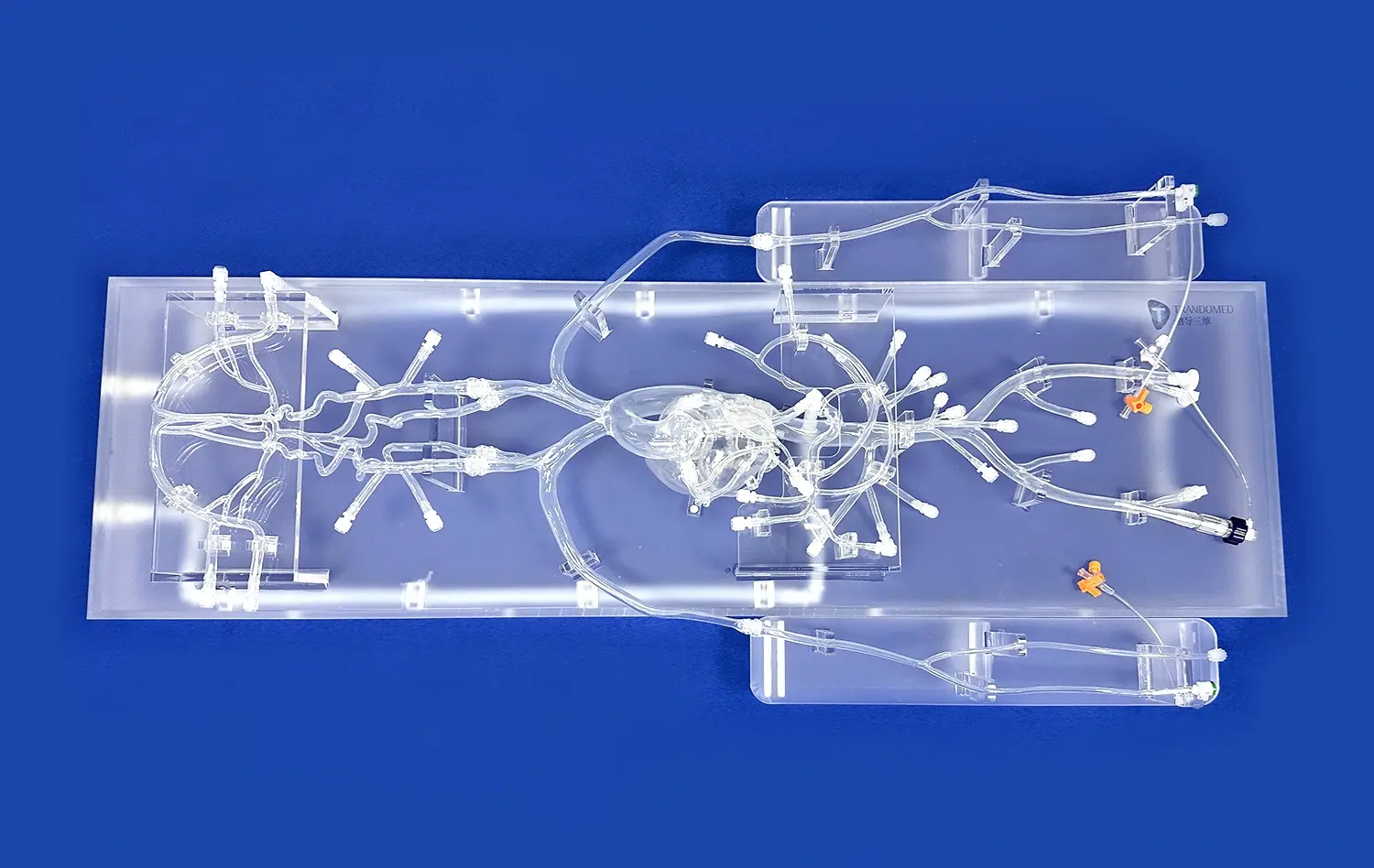
_1736215128474.webp)
